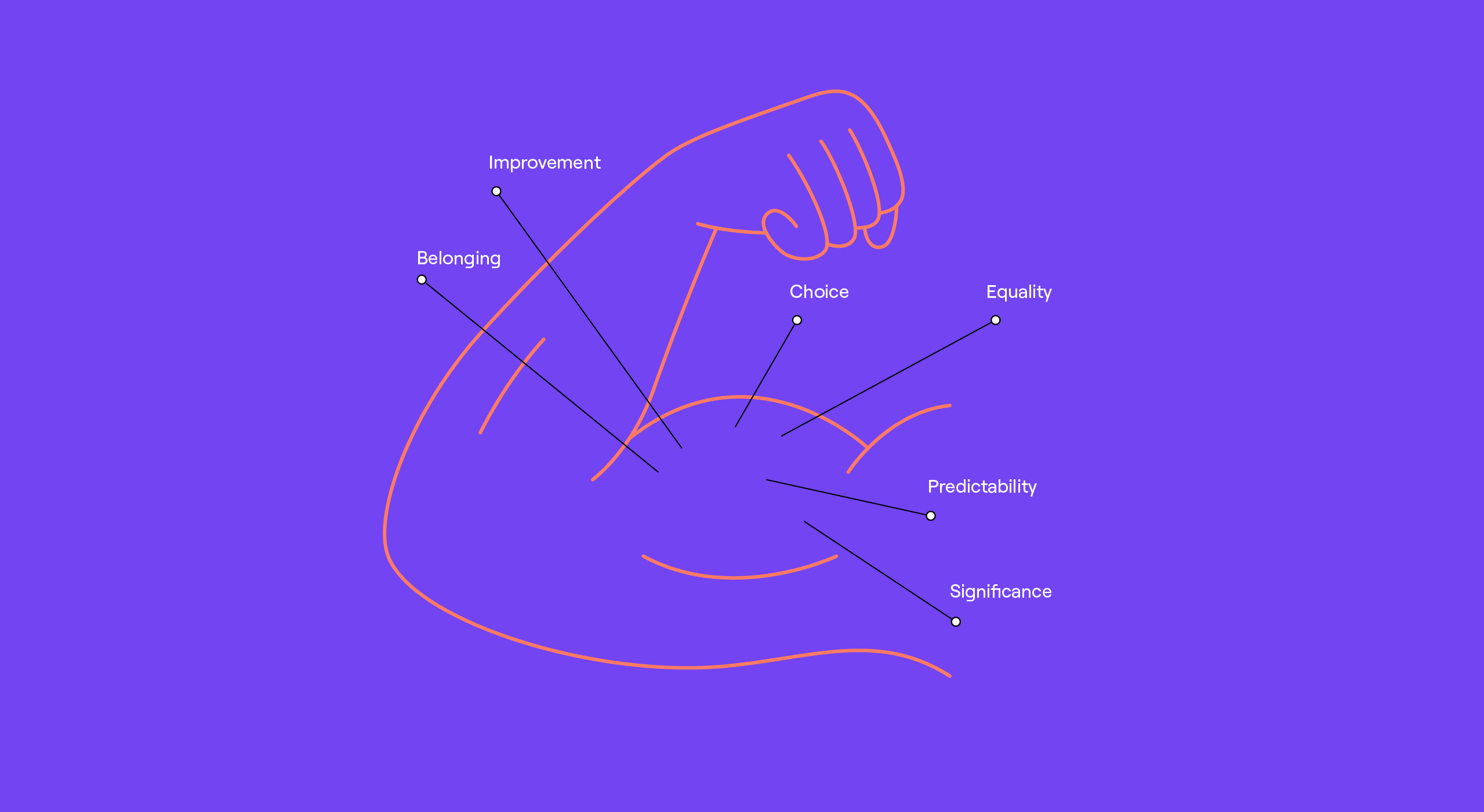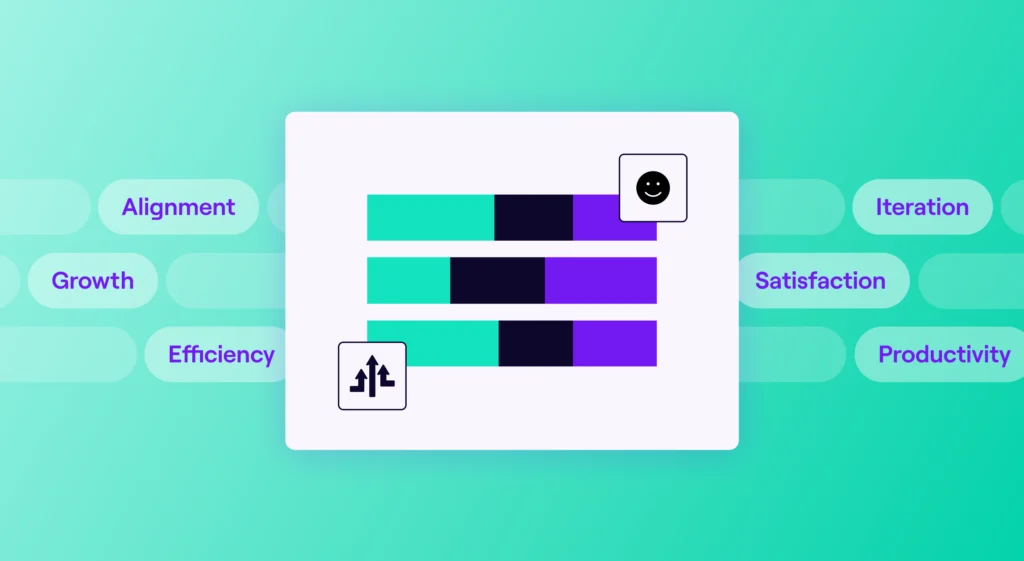In my last post, I discussed how engineering metrics can challenge feelings of psychological safety at work. We discussed the ramifications of being unknowingly watched and judged without context and how that can erode trust in an otherwise high-functioning team. In part two of this series, I’d like to discuss how to implement engineering metrics in a more nuanced way, one that factors in our core needs as human beings. How can we discuss and thoughtfully use engineering metrics, so that our companies reap the benefits of data-driven decision-making, without sacrificing culture and trust? Let’s dive into the BICEPS model.
The BICEPS model.
Paloma Medina* has popularized the six core needs researchers have found we need, both at work and in other aspects of our lives. Each of us has a different ranking for how much these matter to us and our sense of well-being at any given time:
Belonging
Improvement
Choice
Equality
Predictability
Significance
How does this relate to engineering metrics? Understanding these needs and their applications at work can help ensure that engineering metrics are helping, and not hurting, your teams as they’re implemented. For this discussion, let’s dive into the three of these core needs that we have the most ability to change and influence in the context of metrics.
Applying the Core Needs to Engineering Metrics
Let’s start with Choice. Imagine getting your pay docked because of a metric that you had no choice in deciding was going to measure your competence. This is a legitimate concern in other industries. It lights up for developers when they see PR counts and coding days in a list. Ask them, “What metrics are most meaningful in your growth?” “What’s the context for when those metrics are useful, and when can those metrics misrepresent true work going on?” Bringing your teams into the metric discussion early can get a valuable picture on when and how the signal can be high and give them agency to influence how you think about them. Alignment and engagement in improving the right things can make a huge difference in your team’s success in their metrics journey.
When you’re reduced to a number, or your teams feel that way, that can immediately influence a feeling of Belonging and Significance. When implementing engineering metrics, the parts of the job that developers find impactful – mentorship, solving a thorny problem that required hours or days of pondering and yielded just a few lines of code – might not be explicitly measured and therefore aren’t significant in the eyes of your team. Verbalize how much those things do matter! Find ways to collaborate with pair programming and work refinement across multiple people. Measuring success for your team might require going beyond standard metrics. Custom metrics, specific to your team’s objectives, might work well to track impact. Metrics are not just for communicating upward (although that can be helpful too!); metrics should play a positive role in helping individual contributors understand and appreciate their value within the big picture of the team.
Significance raises the question: are we working on the right things? Research has shown that building the wrong thing is a top cause of waste on engineering teams. It’s also incredibly frustrating and demoralizing for engineers. The team devoted their time and energy for weeks or months, thinking they’re building the most impactful thing for the business, only to find out senior leaders don’t know or care about it, and that it’ll never go out to users?! We need metrics that can create a new level of transparency that benefits everyone. Can we start to quantify just how much unplanned work creeps into our day-to-day? Can we show how much time is spent just trying to keep the lights on, and put engineering work in a perspective that even the most senior non-technical exec can understand? When implemented correctly, metrics like work allocation can help teams work towards a better balance on these questions, and ensure that they can spend time working towards true priorities.
Metrics are one piece of the bigger picture
Metrics can be a force of good, especially if you recognize that they aren’t an automated fix-all solution. We, as the next generation of leaders and managers, need to think about how we implement them in a way that doesn’t compromise the cultures we’ve built. Trust takes time to build and can be easily lost. Let’s not lose our team’s trust in implementing metrics in a way that doesn’t feel inclusive. You know that your engineers are brilliant; that’s why you hired them! Even just a little bit of time educating and collaborating on the topic of metrics can go a long way toward you and your teams both achieving your goals. And if you need a little help along the way, we’d be happy to work with your teams on how to do so.
*The BICEPS acronym is licensed under a Creative Commons Attribution 4.0 International License: Paloma Medina 2015.






